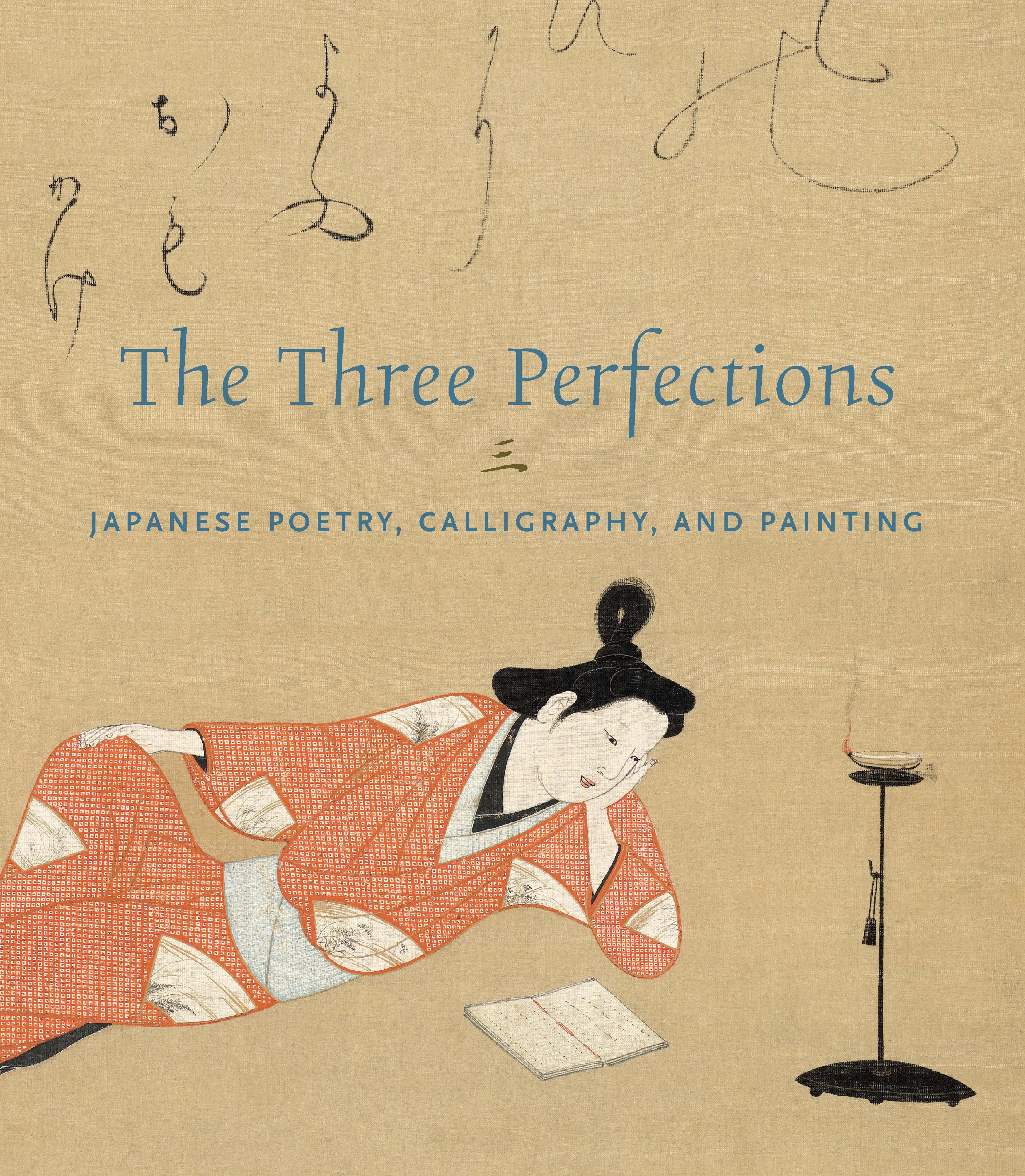Chinese Poem on the Autumn Moon by Hanshan
Baisaō, an Ōbaku Zen monk whose name literally means “the old man who sells tea,” played a key role in popularizing sencha, a Chinese style of steeped tea. Drawing on the calligraphy tradition established by his Chinese predecessors, he developed a bold, dynamic, yet flowing style. Here, he inscribed a famous verse by Hanshan, an eccentric monk of eighth-century China, which had become popular among Japanese tea adepts:
吾心似秋月 碧潭清皎潔
無物堪比倫 教我如何説
My heart is like the autumn moon,
shining clean and clear
in the green pool.
Nothing in existence rivals it,
instructing me on how to preach.
—Adapted from Burton Watson
吾心似秋月 碧潭清皎潔
無物堪比倫 教我如何説
My heart is like the autumn moon,
shining clean and clear
in the green pool.
Nothing in existence rivals it,
instructing me on how to preach.
—Adapted from Burton Watson
Artwork Details
- 売茶翁筆 寒山五言絶句「秋月」
- Title:Chinese Poem on the Autumn Moon by Hanshan
- Artist:Baisaō (Japanese, 1675–1763)
- Period:Edo period (1615–1868)
- Date:1760
- Culture:Japan
- Medium:Hanging scroll; ink on paper
- Dimensions:Image: 11 1/4 × 19 11/16 in. (28.5 × 50 cm)
Overall with mounting: 45 1/16 × 25 3/16 in. (114.5 × 64 cm)
Overall with knobs: 45 1/16 × 27 7/16 in. (114.5 × 69.7 cm) - Classification:Calligraphy
- Credit Line:Mary and Cheney Cowles Collection, Gift of Mary and Cheney Cowles, 2018
- Object Number:2018.853.24
- Curatorial Department: Asian Art
More Artwork
Research Resources
The Met provides unparalleled resources for research and welcomes an international community of students and scholars. The Met's Open Access API is where creators and researchers can connect to the The Met collection. Open Access data and public domain images are available for unrestricted commercial and noncommercial use without permission or fee.
To request images under copyright and other restrictions, please use this Image Request form.
Feedback
We continue to research and examine historical and cultural context for objects in The Met collection. If you have comments or questions about this object record, please contact us using the form below. The Museum looks forward to receiving your comments.
